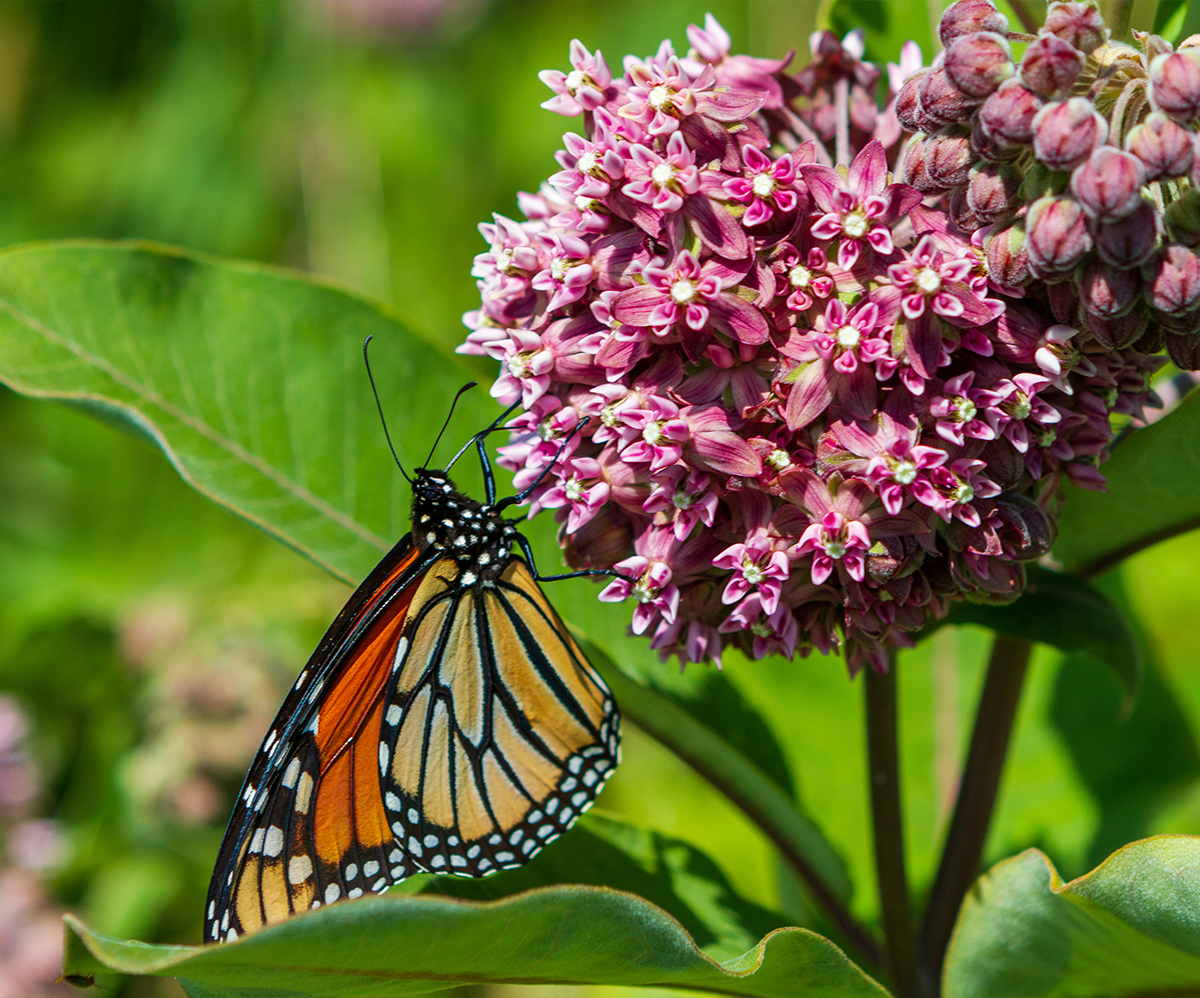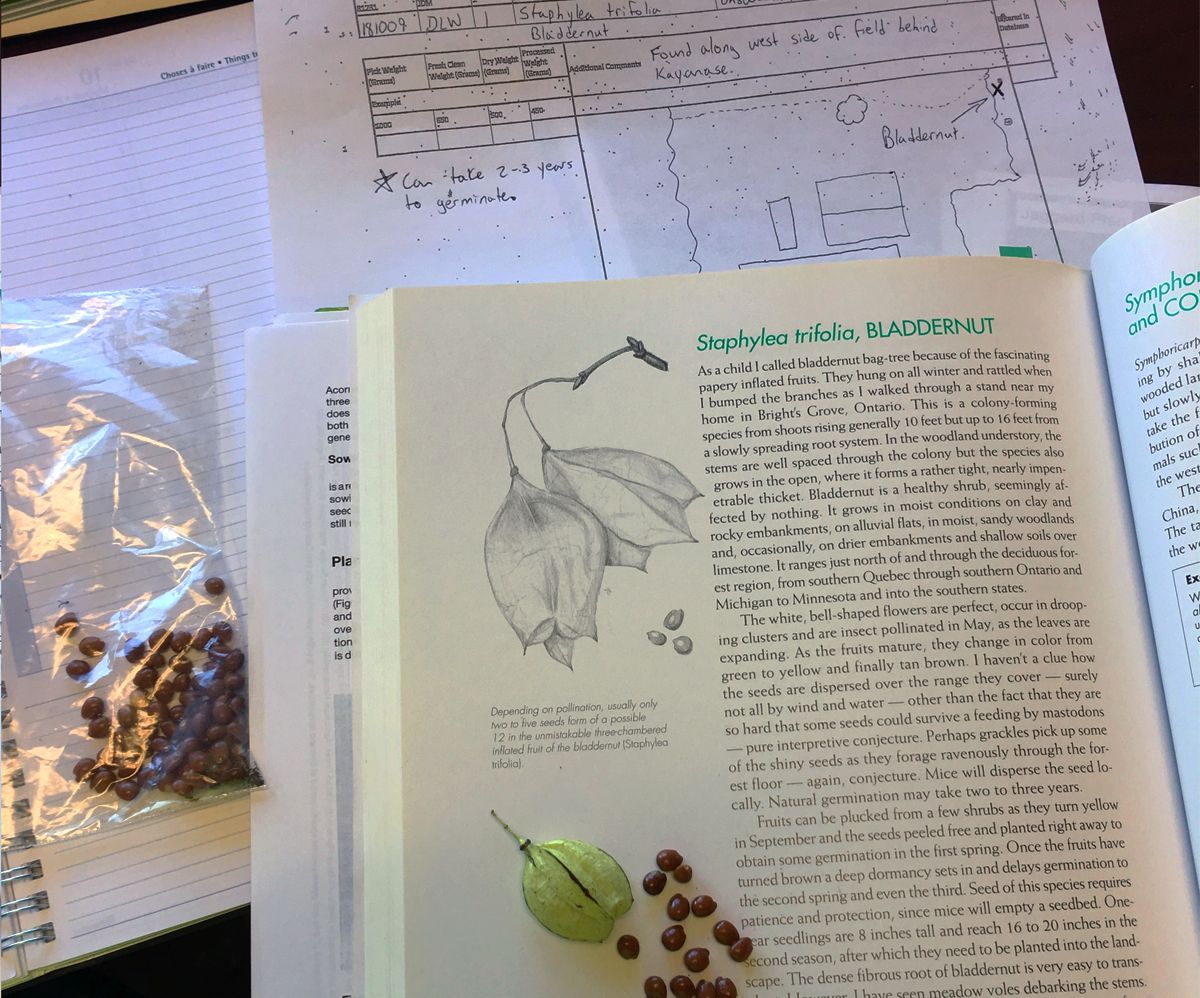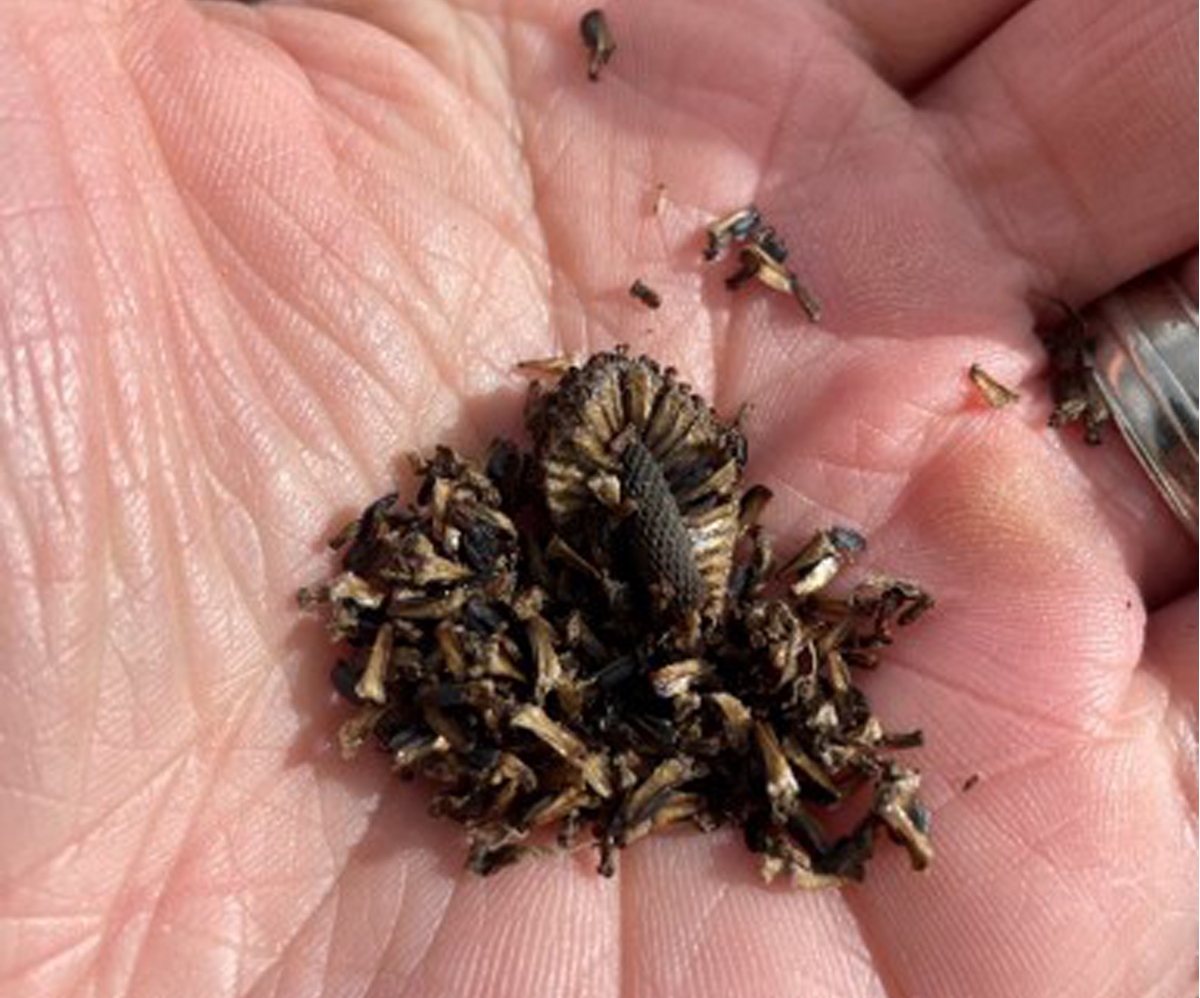

In the world of gardening, there's a shift to the favouring of native plants; a trend we are thrilled to champion. These botanical treasures, deeply rooted in their local ecosystems, offer a multitude of benefits that not only enhance your garden but also contribute to the greater ecological balance.
READ MORE
By carefully collecting and nurturing seeds, we play a crucial role in maintaining the health and resilience of native ecosystems, ensuring they thrive for generations to come.
READ MORE
Winter might seem like a time for gardens to rest, but it’s actually the perfect season to plant new native seeds! Many native species rely on a natural process called cold stratification—a period of cold and moisture that helps break seed dormancy and encourages strong spring growth. By mimicking this process at home, you can get a head start on your garden and support local biodiversity.
Growing native plants from seed is a simple, cost-effective way to create a healthier landscape while providing essential habitat for pollinators, birds, and other wildlife. Whether you have a large backyard or a small balcony garden, winter sowing is an easy and rewarding method to try.
In nature, many plant seeds drop to the ground in autumn, remain dormant through the winter, and sprout as temperatures rise in spring. This cycle ensures that seedlings emerge at the right time for optimal growth. Without exposure to cold, some seeds may never germinate at all.
To help native seeds grow successfully, gardeners can use a few simple techniques to replicate these conditions at home. Cold stratification can be done in three ways: refrigeration, outdoor winter sowing, or direct sowing in garden beds. Each method has its benefits, and the best approach depends on your available space and preference.
One of the easiest ways to stratify seeds is to store them in the fridge. This method provides controlled cold and moisture, ensuring reliable germination. Simply mix seeds with damp sand or peat moss, place them in a sealed, labelled plastic bag, and store them in the refrigerator for one to three months, depending on the species. Once the cold period is complete, seeds can be planted indoors in pots or directly in the garden when the weather warms.
Another popular method is outdoor winter sowing. This technique involves planting seeds in mini-greenhouses made from repurposed plastic containers, such as milk jugs or clear storage bins. The containers act as protective environments, allowing seeds to experience natural temperature fluctuations while staying moist. Over time, the seeds will begin to germinate, and by spring, you’ll have strong, resilient seedlings ready for transplanting.
For those who prefer a hands-off approach, direct sowing in winter is a great option. This method mimics nature by scattering seeds directly into garden beds before snowfall or after the ground has thawed. With this technique, the seeds remain dormant until conditions are just right for growth.
Not all native seeds require cold stratification, but many benefit from the process. If you're looking to start native plants this winter, consider these species:
🌿 Milkweed (Asclepias spp.) – Essential for monarch butterflies and other pollinators.
🌿 Wild Bergamot (Monarda fistulosa) – A fragrant plant that attracts bees and hummingbirds.
🌿 Black-Eyed Susan (Rudbeckia hirta) – Hardy, drought-tolerant, and easy to grow.
🌿 Purple Coneflower (Echinacea purpurea) – Produces nectar-rich flowers loved by bees and butterflies.
🌿 Canada Anemone (Anemone canadensis) – A low-maintenance ground cover that thrives in various conditions.
These native plants not only enhance your garden’s beauty but also play a crucial role in restoring local ecosystems. Once your seeds are planted, regular care will help ensure successful germination. Keep the soil slightly damp but not overly wet, as too much moisture can lead to mould or rot. As temperatures begin to rise in early spring, watch for signs of germination. If you’ve used the winter sowing method, seedlings may sprout inside their containers as soon as conditions are favourable.
When your seedlings are ready to transition outdoors, it’s important to harden them off by gradually exposing them to outdoor conditions over several days. This helps them adjust to wind, sun, and temperature changes before being planted in the garden. Once established, native plants require minimal maintenance, making them an excellent choice for sustainable landscaping.
Choosing native plants benefits not only your garden but also the surrounding environment. These plants have evolved to thrive in local conditions, making them naturally resistant to pests and diseases. They require less water and fertilizer than non-native species and provide food and shelter for birds, bees, and butterflies. By growing native plants, you’re helping to restore biodiversity and create a healthier, more balanced ecosystem.
Winter is the perfect time to start your native plant journey. Whether you choose to stratify seeds in the fridge, experiment with winter sowing, or let nature take the lead with direct sowing, you’ll be rewarded with strong, resilient plants that support local wildlife and enrich your landscape.
At Kayanase, we offer a wide selection of native plant seeds along with expert guidance on ecological restoration. Whether you’re a beginner or an experienced gardener, we’re here to help you grow a thriving, sustainable garden.